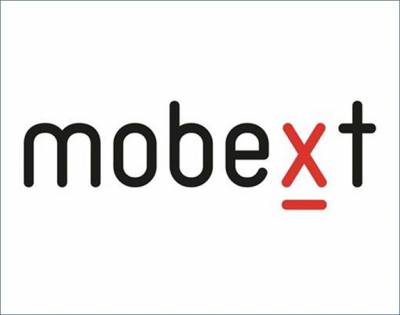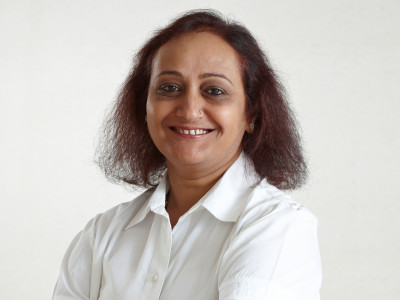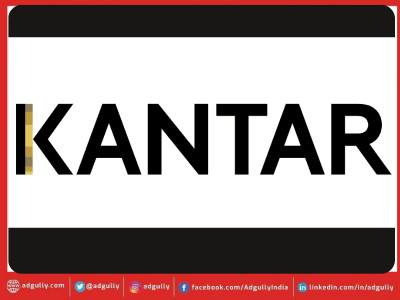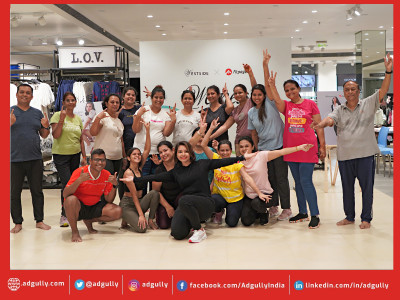Havas' Mobext unveils studies on Indian consumer behavior on the mobile
Mobext India, the mobile marketing network of Havas Digital, has announced the India results of a new study titled ‘Role of the Connected Device in the branding and buying cycle of a Consumer’. The joint global study with Inmobi, the largest independent mobile advertising network, covering 10,000 respondents and seven markets, explains how consumers use their connected device which in turn impacts shopping and media consumption habits. Mobext also studied ‘Asian Advertisers/Marketers attitude towards Mobile Marketing’ across six Asian markets and unveiled their thoughts and concerns.
Run uniquely across mobile/smartphone, laptop and tablet users, the devices survey, examined the media consumption habits of 2800+ respondents in India. 80% of respondents said the mobile/smartphone was their primary device, 13% stated the laptop/desktop and 7% mentioned the tablet. The average connected Indian consumes 9 hours of media daily with Mobile representing 44% of it.
While tablet usage peaks between 6pm to midnight and is used at home, mobiles/smartphones and laptops are used between 9am-11pm and are the primary access device from office.
“As Indian consumers are increasingly spending more time on their mobile devices and using them differently for different purposes, brands have more opportunities to interact meaningfully with their customers. Media planners can take advantage of their unique roles in the decision making process by optimizing the connected device path to purchase to create a holistic media/advertising strategy”, observed Anita Nayyar, CEO Havas Media, India and South Asia.
The mobile/smartphone was on top of the choice list as 46% used it as the preferred device for communication, 43% for entertainment and 40% for information. For shopping, 32% picked the mobile and 23% the laptop/desktop as the next choice. “It goes to show how connected devices, namely the mobile in India, will play a significant role in a purchase decision. With the market expected to grow at 50% to 60% annually over the next few years, India is a very important market in the Asia Pacific for Mobext and Havas Media and we plan to get aggressive on this front", said Vishnu Mohan, CEO Havas Media, Asia Pacific.
Connected devices created a double screen effect, as tablets were the preferred device while watching TV, followed by mobiles/smartphones and laptops.
Arthur Policarpio, Head of Mobile, Asia Pacific, Mobext explained, “In the UK and US, the tablet seems to be the device of choice. In India, it is an important emerging device as its penetration increases, especially for niche brands with direct reach to their customers. Already, in the 9pm-11:59pm time-band when connected device usage is the highest, the tablet reigns. Also we’ve seen that 42% of users share it with their family and 41% use it while watching TV; showing more eyeballs with the probability to buy”.
It was found that device purchase cannibalized other media consumption habits: 21% of smartphone users read a book in print less, while 22% watched less TV and 16% reduced time on the internet via a laptop. 30% of tablet purchasers read fewer books in print with 31% watching lesser TV.
But users were finding interesting things to engage their connected time: 80% of the activities done across all the devices in the prior month were on entertainment (video, music, games, etc), revealing entertainment, as an important sector for influencing a buy decision.
In-store behaviour was also affected as 15.7% of smartphone buyers and 16% of tablet buyers visited a physical store less.
“It is not about Mobile but mobility which has created a paradigm shift in the way consumers access media, search for information and shop. These studies reflect our endeavor to understand this behavior, enabling us to create engaging, compelling and meaningful conversation both with brands and consumers”, added Arnav Ghosh, General Manager, Mobext, India and South Asia.
Device Role in Purchase:
Awareness: Reach through Mobile/Smartphone & Laptop/desktop during the day
Research: Mobile/Smartphone (43%)
Shopping/Buying: Laptop(44%) and Mobile(30%)
Tablet users: Tablet influence is the highest in all purchase cycles except in shopping/buying where the laptop is preferred, a trend expected to change considering global behaviour.
Insights from the ‘Asian Advertisers Attitude to Mobile Marketing’:
- The primary benefits of mobile marketing cited by marketers are the ability to target consumers by location or geo-targeting (84.5%) and personalised, one-to-one communications (63.1%).
- 33% say mobile marketing is a cost-efficient channel while 57% it is too early to tell
- A staggering 47.6% of respondents say that mobile will be equally important as TV in the next 2 years. 44% say that mobile will be more important than radio in the next 2 years.
- 60% say they do not use a third-party organization (such as a mobile agency) to manage their mobile marketing efforts. And yet, respondents who use a third party agency report higher satisfaction with results of their mobile campaigns.
- 55% say they plan on investing in mobile in the next 12 months.
Study details:
- Role of Connected Devices, study:
- Global study covering 10,000 respondents across 7 markets: UK, US, India, France, South Korea, Japan & Australia
- India study covering 2800+respondents.
- Asian Advertisers Attitude to Mobile Marketing, study: 260 respondents across 6 Asian Markets: Indonesia, Philippines, India, Hong Kong, Singapore and Malaysia
Media
MINUTES TO READ
















Share
Facebook
YouTube
Tweet
Twitter
LinkedIn